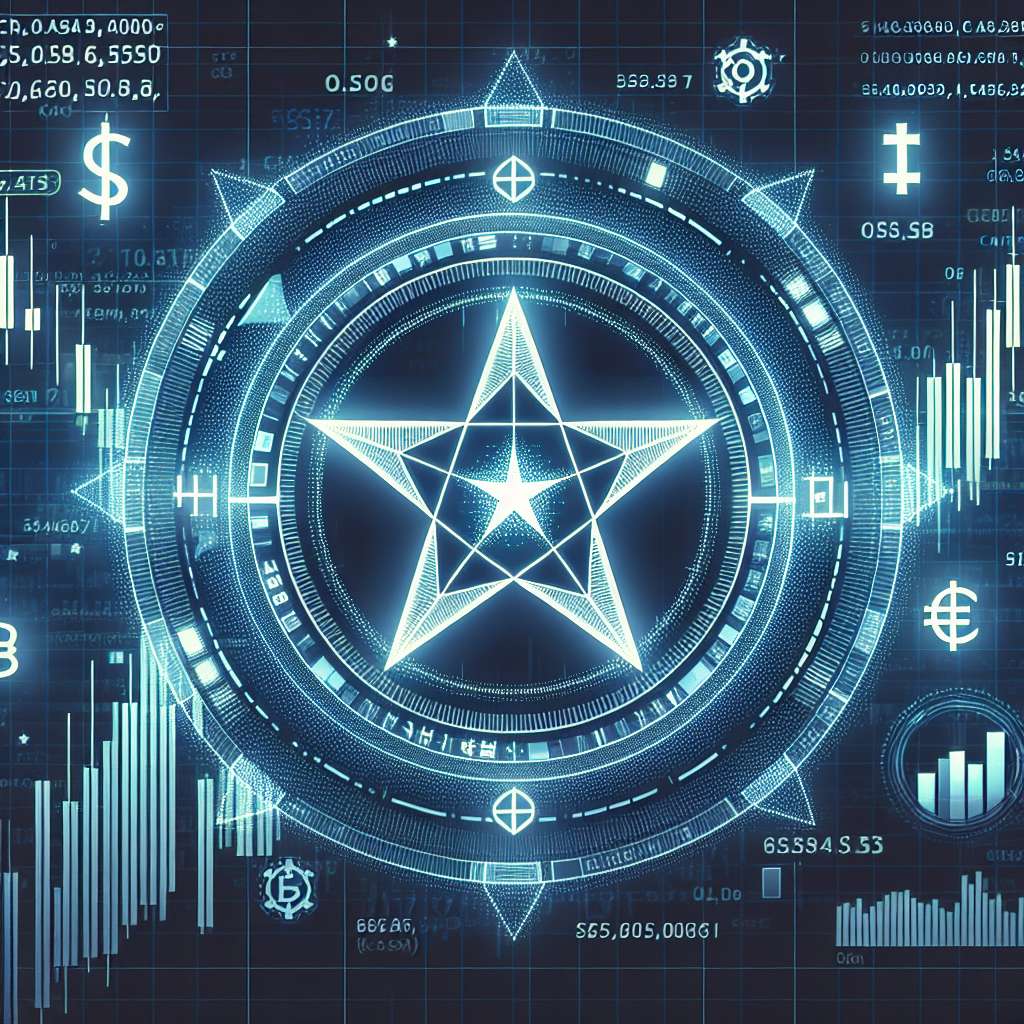How can the morning doji star pattern be used to identify potential buying opportunities in the cryptocurrency market?
Can you explain how the morning doji star pattern can be utilized to identify potential buying opportunities in the cryptocurrency market? What are the key characteristics of this pattern and how can traders take advantage of it?

1 answers
- The morning doji star pattern is a popular candlestick pattern used by traders to identify potential buying opportunities in the cryptocurrency market. This pattern consists of three candles: a long bearish candle, followed by a small doji candle, and then a long bullish candle. The doji candle represents indecision in the market, and when it appears after a downtrend, it suggests a potential reversal. Traders can take advantage of this pattern by entering a long position when the price breaks above the high of the doji candle. However, it's important to note that this pattern should not be used in isolation and should be confirmed by other technical indicators and analysis. It's also recommended to use proper risk management techniques and set stop-loss orders to protect against potential losses.
 Feb 18, 2022 · 3 years ago
Feb 18, 2022 · 3 years ago
Related Tags
Hot Questions
- 75
What are the best digital currencies to invest in right now?
- 71
What are the advantages of using cryptocurrency for online transactions?
- 68
What are the best practices for reporting cryptocurrency on my taxes?
- 63
What is the future of blockchain technology?
- 57
What are the tax implications of using cryptocurrency?
- 57
How can I protect my digital assets from hackers?
- 53
Are there any special tax rules for crypto investors?
- 44
How can I minimize my tax liability when dealing with cryptocurrencies?